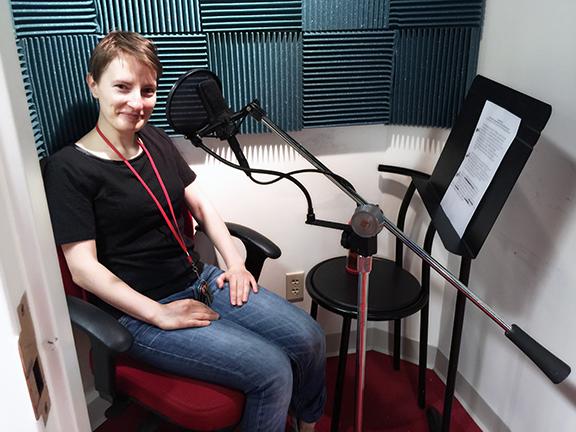Oksana Chkrebtii, Ohio State – Earthworm Invasion
 Are we about to be overrun by earthworms?
Are we about to be overrun by earthworms?
Oksana Chkrebtii, a statistician at The Ohio State University, offers an interesting analysis.
Oksana Chkrebtii is an assistant professor in the Department of Statistics at The Ohio State University. Her research interests include uncertainty quantification and statistical inverse problems.
Earthworm Invasion

Earthworms seem pretty normal, right? But did you know that 11,000 years ago, there were no earthworms anywhere in the northern u.s. or canada? They all died during the last ice age. So if you live in one of these places and you see an earthworm today, that worm came from someplace else far away —- probably europe. Its ancestors have been slowly moving north, generation after generation, for hundreds of years.
A few years ago, this was all news to me, too. But as a statistician, i get to confront a lot of interesting problems, like how fast one particular worm is spreading in alberta —- and how it’s eating away the natural leaf cover and changing the soil, threatening the existence of other invertebrates in the forest.
I talked to some biologists at the University of Alberta who were trying to track how the earthworms spread. It seems like the earthworm eggs get caught in people’s tire treads as they travel in and out of the forest to hunt and fish. So even in areas that were free of invasive worms, new worms get added all the time.
Tracking a population like that is really hard to do, and involves a lot of uncertainty. We have to infer population dynamics based on the limited information we can get, and that’s a good problem for statistical analysis.
I used a technique called approximate Bayesian computation in a new way . . . To estimate both rates of the population spread and new introductions simultaneously.
It turns out the worms spread faster than you might think. Right now, there are isolated pockets of worms that cover about 3 percent of the forest, and they expand their territory by about 52 feet a year. Our computer model forecasted that they will cover 39 percent of the forest floor by 2056.
You can’t stop an earthworm invasion once it starts, but you can slow it down, and it’s our hope that we can increase awareness of the issue, and encourage people to avoid introducing worms.
Read More: OSU News: Invasion of the earthworms, mapped and analyzed


